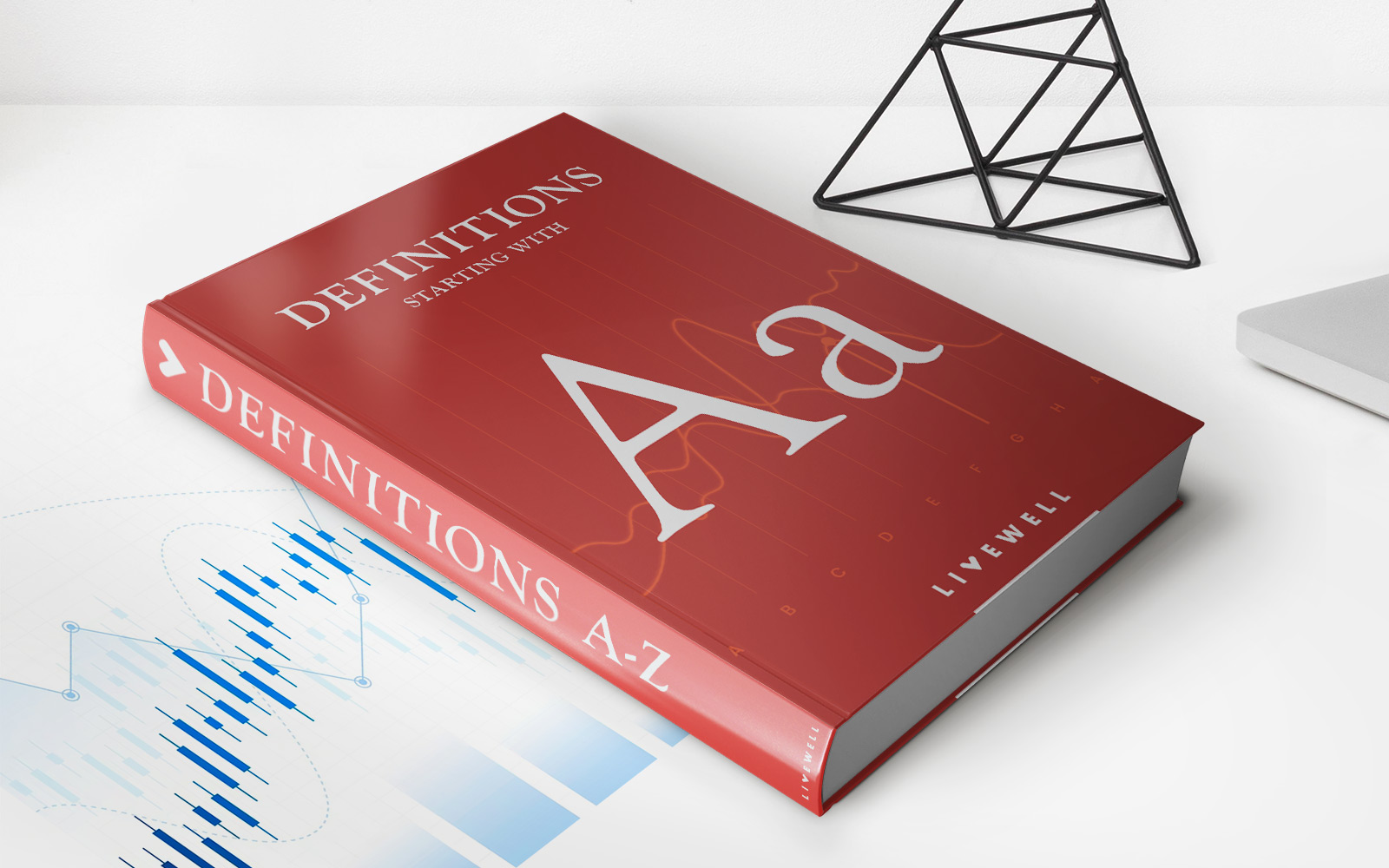Home>Finance>The Higher Education Act Of 1965 (HEA): Definition And Provisions


Finance
The Higher Education Act Of 1965 (HEA): Definition And Provisions
Published: December 6, 2023
Learn about the Higher Education Act of 1965 (HEA) and its provisions related to finance. Gain insight into the definition and implications of this crucial legislation.
(Many of the links in this article redirect to a specific reviewed product. Your purchase of these products through affiliate links helps to generate commission for LiveWell, at no extra cost. Learn more)
Understanding the Higher Education Act of 1965 (HEA)
Are you familiar with the Higher Education Act of 1965 (HEA)? If you’re interested in finance and education, this is a topic worth delving into. In this blog post, we will break down the HEA, its definition, and its provisions.
Key Takeaways:
- The Higher Education Act was signed into law in 1965 as part of President Lyndon B. Johnson’s “Great Society” initiative.
- HEA was designed to provide federal assistance to colleges and universities, improve access to higher education, and ensure affordability for students.
What is the Higher Education Act of 1965?
The Higher Education Act of 1965, often referred to as HEA, is a significant piece of legislation that has had a profound impact on higher education in the United States. It was signed into law as part of President Lyndon B. Johnson’s vision to address inequality and expand access to education.
HEA plays a crucial role in providing federal financial aid programs that help millions of students pursue their higher education dreams. The act offers numerous provisions that aim to support students financially, encourage educational institutions to maintain high standards, and enhance access to educational resources.
Provisions of the Higher Education Act
The HEA is vast and encompasses various provisions that impact both students and institutions. Some of the key provisions include:
- Financial Aid Programs: The Act authorizes programs such as Pell Grants, Federal Work-Study, and Federal Direct Loans, which provide financial assistance to eligible students pursuing postsecondary education. These programs ensure that students from low-income backgrounds can access the necessary funds to pursue their educational goals.
- Institutional Accountability: HEA establishes requirements for educational institutions participating in federal financial aid programs. These requirements include maintaining certain academic standards, reporting data on student outcomes, and ensuring that students have access to necessary support services.
- Student Loan Forgiveness: The Act provides pathways for student loan forgiveness, such as Public Service Loan Forgiveness and Income-Driven Repayment Plans. These provisions aim to alleviate the burden of student loan debt and provide relief for borrowers based on their income and career choice.
- Support for Minority and Underrepresented Students: Recognizing the importance of promoting diversity and access to education, the HEA includes provisions to support minority-serving institutions, provide scholarships for underrepresented students, and improve access to higher education for minority and low-income students.
The Continuing Impact of the Higher Education Act
Since its inception, the Higher Education Act of 1965 has been instrumental in shaping the landscape of higher education in the United States. It has opened doors to education for countless students, empowered institutions with federal support, and addressed disparities in access to education.
However, as times change and new challenges arise, the HEA continues to evolve. Congress periodically reviews and updates the act to align with the needs of students and the changing landscape of higher education. Reauthorization of the HEA allows for revisions and improvements to meet the demands of today’s students.
Final Thoughts
The Higher Education Act of 1965 is an important and complex piece of legislation that plays a vital role in supporting students and institutions in the pursuit of higher education. Its provisions have expanded access to education, provided financial aid opportunities, and demanded accountability from educational institutions.
Whether you’re a student, educator, or simply interested in the world of finance and education, understanding the Higher Education Act can provide valuable insights into the system that shapes our educational opportunities. As the HEA continues to adapt and grow, its impact on the future of education remains paramount.
Stay tuned for more informative blog posts on various aspects of finance and education as we explore the ever-evolving landscape of higher education in the United States.














